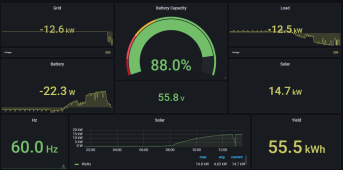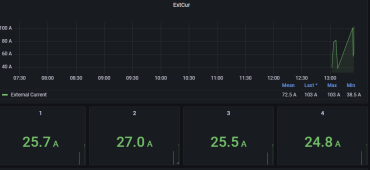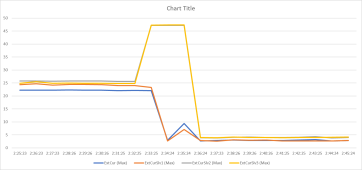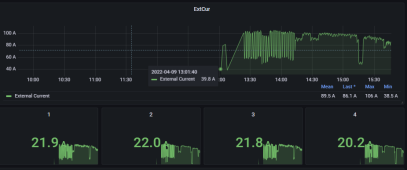OzSolar
Whatever you did, that's what you planned.
Yep that is the the place that I keep circling back to. Regardless of how well it's documented and labeled there's pretty much no one other than me that will be able trouble shoot or make repairs. I can see some poor electrician in the future throwing up his hands and running away.That isn't even considering the cost and complexity of diagnosis and repair. If GT PV fails, utility power to your house still works. If battery/inverter system fails, downstream loads shut down. I put in manual transfer switch (interlocked breakers) to bypass and go straight to grid, but no assurance anyone else would know what to do if I was no longer around.
It's just not worth it to me. Hmnn...... now that I think about it it's may just be better to sell the trailer and put that money towards the new SunnyBoy system.








